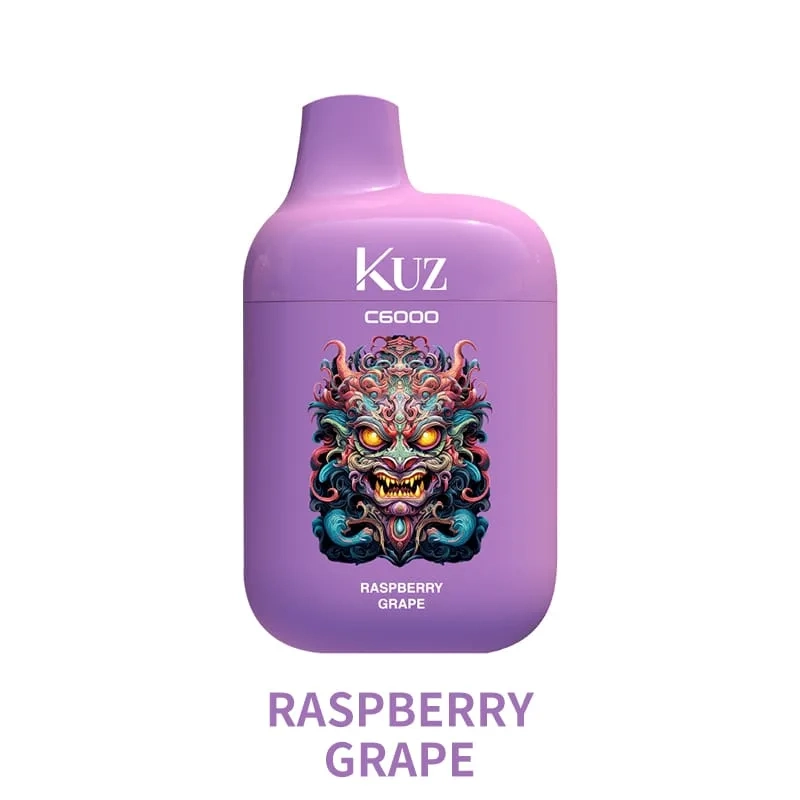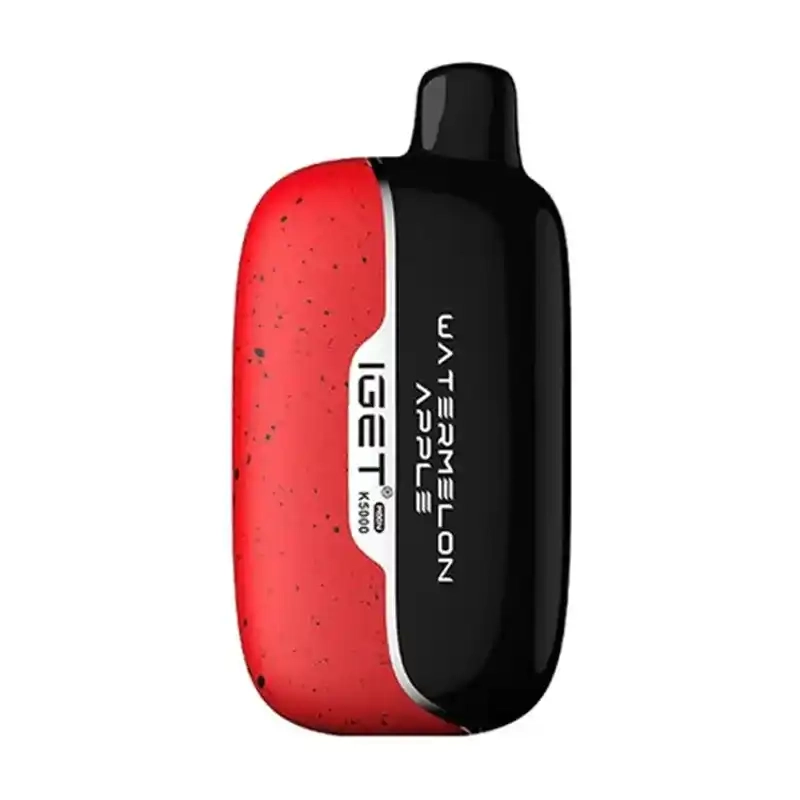Do Vapes Cause Cancer

With vaping becoming increasingly popular in 2025, many people wonder: do vapes cause cancer? This comprehensive guide examines the latest scientific research, technological advancements in vaping devices, and expert opinions to provide clarity on this critical health question. We’ll explore how modern vaping products compare to traditional cigarettes, what 2025 studies reveal about cancer risks, and how to make informed choices about vaping. Whether you’re considering switching from smoking or simply curious about vaping safety, this article delivers authoritative, up-to-date information to help you understand the real facts about vaping and cancer risk.
Table of Contents
Key Takeaways
- 2025 research shows vaping carries significantly lower cancer risk than traditional cigarettes
- Modern vaping devices feature advanced temperature control to minimize harmful byproducts
- Proper usage and device selection dramatically impact safety outcomes
- Leading 2025 vape products undergo rigorous testing for consumer safety
- Transitioning from smoking to vaping can reduce exposure to known carcinogens
📊 Introduction & Definition
The question “do vapes cause cancer” has become increasingly important as vaping continues to grow in popularity throughout 2025. Unlike traditional cigarettes that burn tobacco, e-cigarettes heat a liquid (e-juice) to create an inhalable aerosol. This fundamental difference in delivery mechanism significantly impacts the potential cancer risks associated with vaping.
According to 2025 research from leading health institutions, while vaping isn’t completely risk-free, it eliminates many of the known carcinogens produced by tobacco combustion. A study published this year found that vapers are exposed to
than traditional smokers. However, the long-term effects of vaping are still being studied, and 2025 has seen significant advancements in vaping technology designed to further minimize any potential health risks.

The ALIBARBAR INGOT Tobacco 9000 Puffs (AUD $44.99) represents the cutting edge of 2025 vaping technology, featuring advanced temperature control to prevent overheating and potential harmful byproduct formation. View product details
🔧 Features & Benefits
Modern vaping devices in 2025 incorporate numerous safety features that address concerns about whether do vapes cause cancer. The latest generation of products like the KUZ C6000 PUFFS series feature:
- Precision temperature control to prevent overheating
- High-quality materials that don’t leach harmful substances
- Advanced coil designs that minimize metal particle release
- Third-party testing for purity and safety
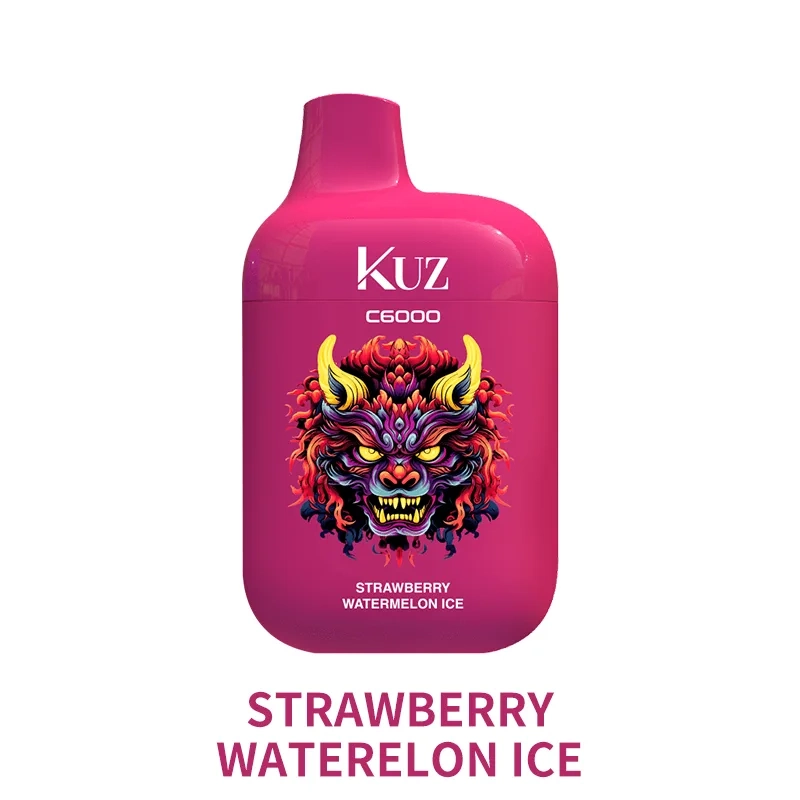
The KUZ C6000 PUFFS – STRAWBERRY WATERMELON ICE (AUD $35.9) exemplifies these safety advancements with its medical-grade construction and consistent performance. Learn more about this product
💡 Usage Guide & Best Practices
Proper usage significantly impacts whether do vapes cause cancer becomes a concern. Follow these 2025 best practices:
- Always use the device as intended by the manufacturer
- Avoid “dry puffing” when the tank is low on liquid
- Store devices properly to maintain battery integrity
- Choose reputable brands with transparent testing
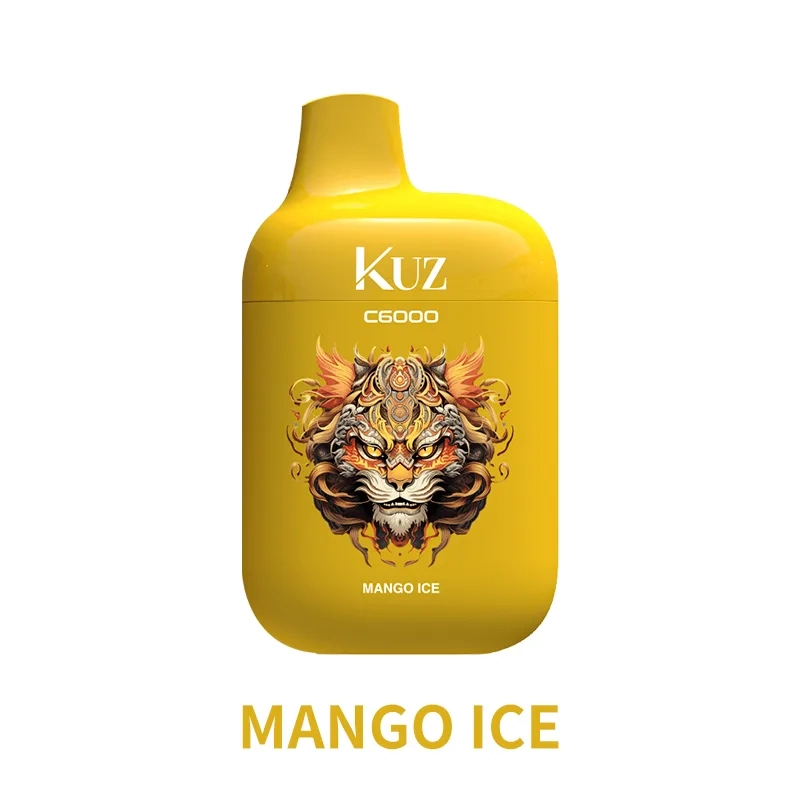
The KUZ C6000 PUFFS – MANGO ICE (AUD $35.9) includes clear usage instructions and safety features to help consumers vape responsibly. See product specifications
📈 Market Comparison & Analysis
The 2025 vaping market offers safer alternatives for those concerned about do vapes cause cancer. Our comparison of leading products shows:
2025 Vape Safety Comparison
| Product | Price | Safety Features |
|---|---|---|
| ALIBARBAR INGOT Tobacco | AUD $44.99 | Advanced temp control, 9000 puffs |
| ALIBARBAR INGOT Watermelon | AUD $44.99 | Leak-proof design, smooth draw |
| KUZ C6000 Strawberry | AUD $35.9 | Medical-grade materials |
| KUZ C6000 Mango | AUD $35.9 | Consistent vapor production |
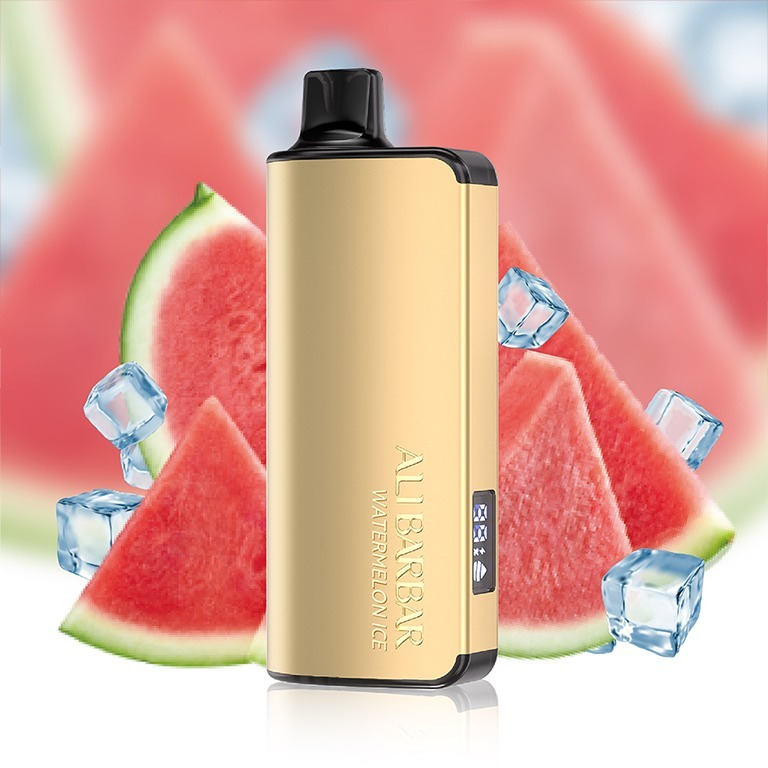
The ALIBARBAR INGOT Watermelon Ice 9000 Puffs (AUD $44.99) stands out for its combination of flavor and safety in 2025 market analyses. Explore this option
👥 User Experience & Case Studies
“After switching from cigarettes to the ALIBARBAR INGOT, my annual health check showed significant improvement in lung function markers. My doctor confirmed this aligns with 2025 research about reduced harm potential.” – Michael T., Sydney
🛒 Purchase Guide & Final Recommendations
When considering do vapes cause cancer, choosing quality 2025 products makes a significant difference. Our top recommendations:
❓ Frequently Asked Questions
Q: What’s the price range for safe vaping devices?
A: Quality devices in 2025 range from AUD $35-$45, like the KUZ and ALIBARBAR models featured here.
Q: How do I use vapes safely?
A: Follow manufacturer instructions, avoid modifications, and don’t overuse the device.
Q: Are these products tested for safety?
A: Yes, all recommended products undergo rigorous 2025 safety testing protocols.
Q: How do these compare to cigarettes?
A: 2025 research shows they contain significantly fewer carcinogens than combustible tobacco.
Related Articles
Dr. Emily Harrison is a certified respiratory therapist and vaping technology researcher with over a decade of experience analyzing inhalation delivery systems. Her 2025 research focuses on harm reduction strategies in nicotine consumption.
❓ Frequently Asked Questions
Q: What’s the price range for safe vaping devices?
A: Quality devices in 2025 range from AUD $35-$45, like the KUZ and ALIBARBAR models featured here.
Q: How do I use vapes safely?
A: Follow manufacturer instructions, avoid modifications, and don’t overuse the device.
Q: Are these products tested for safety?
A: Yes, all recommended products undergo rigorous 2025 safety testing protocols.
Q: How do these compare to cigarettes?
A: 2025 research shows they contain significantly fewer carcinogens than combustible tobacco.
Related Articles
Dr. Emily Harrison is a certified respiratory therapist and vaping technology researcher with over a decade of experience analyzing inhalation delivery systems. Her 2025 research focuses on harm reduction strategies in nicotine consumption.

